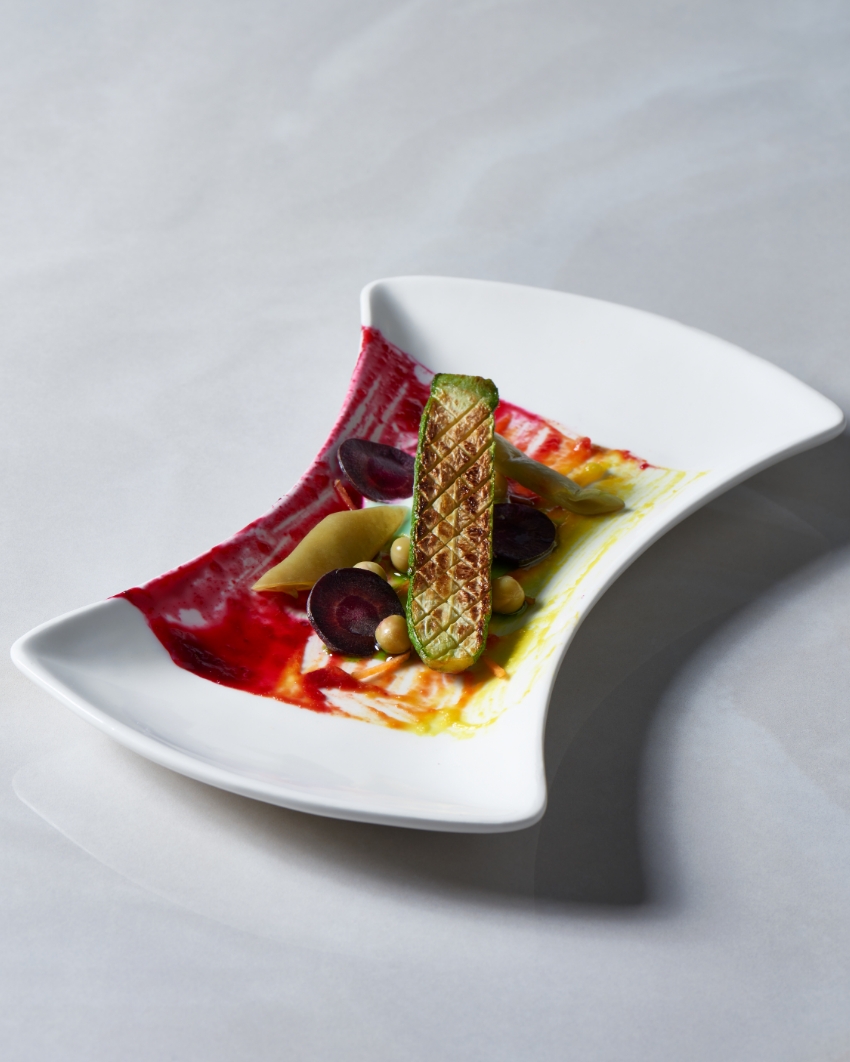Frequently Asked Questions


Frequently Asked Questions
It is believed that the word "porcelain" derives from the Latin word "Porsella," meaning oyster. Those who introduced porcelain to Europe were Portuguese merchants who discovered various sea routes, especially Marco Polo.
Porcelain is a healthy product produced exclusively from natural raw materials. It achieves its whiteness not from dyes but from its raw materials. It is vitrified at around 1400°C, has light transmittance, and is highly durable.
There are two main types of porcelain: household and hotel-grade. Household porcelain transmits light when held up to natural light. Hotel-grade porcelain, produced according to global standards, is thicker. When exposed to a light source, these items transmit light. Today, restaurants heat plates before serving food to maintain the food's temperature. Thicker plates retain heat longer, enhancing the dining experience.
Porcelain is also categorized into hard and soft porcelain based on the proportion of raw materials and firing temperatures. Hard porcelain contains a high kaolin content and is vitrified at around 1400°C with feldspar glaze, resulting in a durable and resilient surface. Soft porcelain contains less kaolin and is vitrified at a lower temperature, making it less durable and impact-resistant than hard porcelain.
Because porcelain:
- Stands for health and hygiene.
- Does not absorb taste or odor.
- Has a compact structure, preventing microbial growth.
- Easily cleans stains on its surface.
- Features a hard surface.
- Is easy to wash.
- Is elegant and appeals to your aesthetic senses.
- Enhances the taste of your meals.
- Retains the temperature of food for a longer period.
The raw materials and production methods for these two product groups are entirely different, which reflects in their characteristics. Ceramic products are porous (water-permeable) because their firing temperatures are lower than porcelain. Over time, this causes glaze cracks due to water absorption. Additionally, the glaze on ceramic products may crack under sharp impact because of the lower firing temperature.
Another difference is that ceramic products are opaque, while porcelain products are translucent.
Porcelain can be safely used in oven heating elements and microwave ovens. However, direct contact with an open flame creates a shock effect, causing porcelain to break. Therefore, porcelain should never be placed directly over an open flame.
Porcelain can also be safely used in deep freezers. However, if porcelain is removed from the freezer and immediately placed in an oven, the sudden temperature change can cause breakage. It should first reach room temperature before being exposed to heat.
In regions with hard water, porcelain may develop white stains over time. These stains can be removed with vinegar.
Metal cutlery may leave marks on porcelain surfaces. These marks are harmless and are due to the high firing temperature of porcelain glazes, which makes them harder than stainless steel cutlery. Special cleaning products can be used to remove these marks.
Tea and coffee stains can be removed with borax or dental cleaning powder.
If washing by hand:
- Do not use a copper or aluminum sink.
- Avoid washing alongside non-porcelain items such as pans, pots, or cutlery.
- Do not use harsh cleaning materials or abrasive sponges. Use liquid or cream cleaners, rinse thoroughly, and dry properly.
- When storing, avoid stacking plates and cups too tightly. Use soft paper separators to prevent glaze or gold decoration damage.
If washing in a dishwasher:
- If the porcelain has gold decorations, hand washing is recommended.
- Porcelain decorated under or inside the glaze is dishwasher safe.
- Use a mild program with a temperature not exceeding 60°C.
- Ensure detergents are suitable for glass and glaze decorations.
- Use water-softening detergents to avoid limescale build-up.
- Place porcelain carefully in the dishwasher according to loading guidelines.
- Wash promptly to avoid dried-on food residues.
Porcelain is made of 50% kaolin, 25% quartz, and 25% feldspar. Kaolin provides moldability and whiteness. Quartz serves as a skeletal structure, while feldspar dissolves quartz at high temperatures, giving porcelain its strength, glassy surface, and resistance to heat and chemicals.

